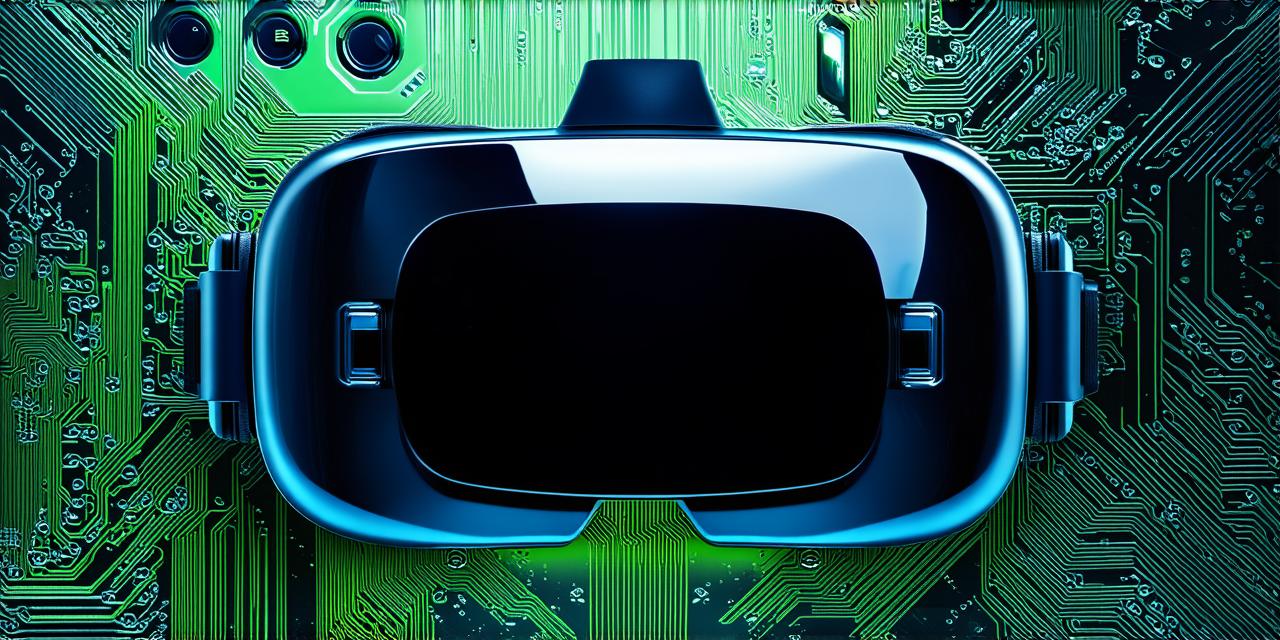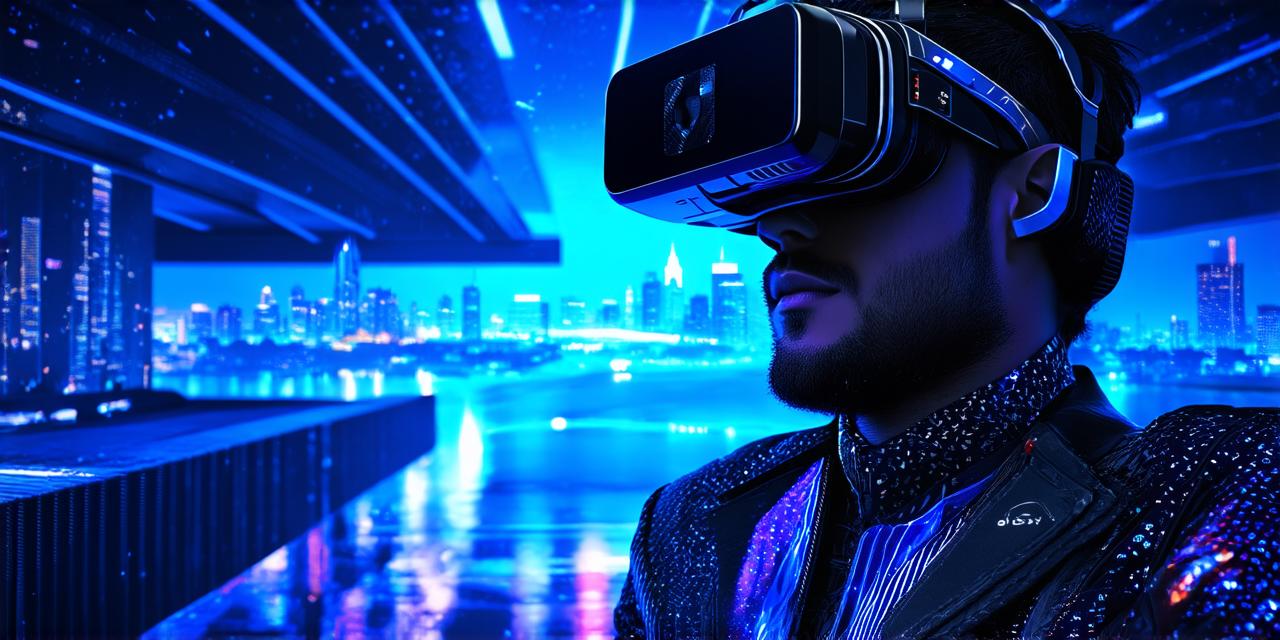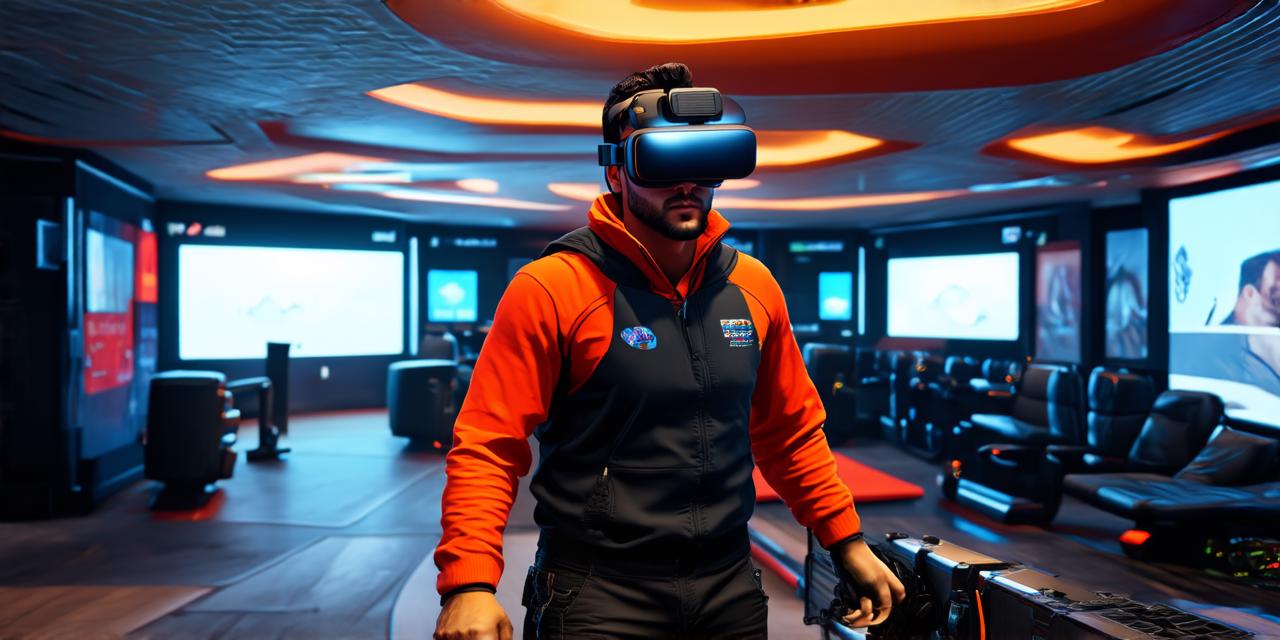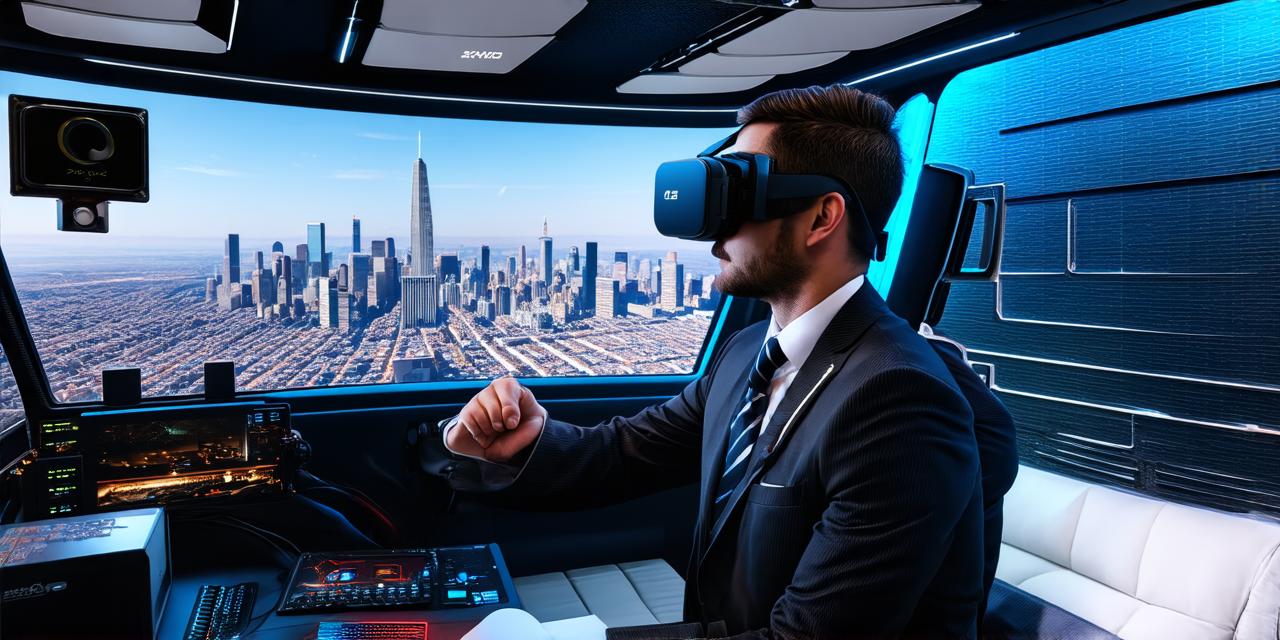The world of virtual reality (VR) is rapidly expanding, and as it does, so are the different kinds of VR that exist. In this article, we will explore three of the most popular types of VR: immersive VR, mobile VR, and social VR. We will discuss their features, benefits, and limitations, and provide real-life examples to help illustrate how they are being used in various industries.
Immersive VR
The most popular type of VR is immersive VR, which offers a fully immersive experience that transports the user into a virtual world. This type of VR uses specialized hardware, such as headsets and motion tracking sensors, to track the user’s movements and provide a realistic sense of presence in the virtual environment. Immersive VR is ideal for applications where the user needs to be fully engaged in the virtual world, such as gaming, training simulations, and medical procedures.
One example of immersive VR is the Oculus Quest 2 headset, which offers a wireless and portable experience that allows users to move around freely while remaining in the virtual world. The headset also features high-resolution displays and advanced tracking technology, making it one of the most popular choices for immersive VR applications.
Mobile VR
Mobile VR is another type of VR that has gained popularity in recent years. This type of VR uses a smartphone or tablet as the primary display, and often requires additional hardware, such as sensors or controllers, to track the user’s movements. Mobile VR is ideal for applications where the user needs to be on-the-go, such as travel, education, and marketing.
One example of mobile VR is the Samsung Gear VR headset, which is designed to work with Samsung smartphones. The headset features a high-resolution display and advanced tracking technology, making it a popular choice for mobile VR applications. Mobile VR also allows for greater flexibility in terms of content creation and distribution, as developers can create experiences that are optimized for both desktop and mobile devices.
Social VR
Social VR is a relatively new type of VR that has gained popularity in recent years. This type of VR allows users to interact with each other in a virtual environment, making it ideal for applications such as social networking, gaming, and collaboration. Social VR often requires specialized hardware, such as headsets and motion tracking sensors, and is typically accessed through a dedicated platform or application.
One example of social VR is the Facebook Horizon VR headset, which was announced in 2021. The headset allows users to interact with each other in a virtual world, participate in games and activities, and create their own content. Social VR also has the potential to revolutionize the way we work and collaborate, as it enables users to interact with colleagues and clients from anywhere in the world.
Benefits and Limitations of Each Type of VR
Each type of VR has its own set of benefits and limitations. Immersive VR offers a fully immersive experience that can be highly engaging, but it is limited by the hardware requirements and can be expensive to implement. Mobile VR provides greater flexibility in terms of content creation and distribution, but may not offer the same level of realism as immersive VR. Social VR allows for collaboration and interaction with others, but may require specialized hardware and may face challenges in terms of user adoption.
FAQs
Q: What is the difference between immersive VR, mobile VR, and social VR?
A: Immersive VR offers a fully immersive experience that transports the user into a virtual world, mobile VR uses a smartphone or tablet as the primary display and often requires additional hardware to track the user’s movements, and social VR allows users to interact with each other in a virtual environment.
Q: Which type of VR is best for gaming?
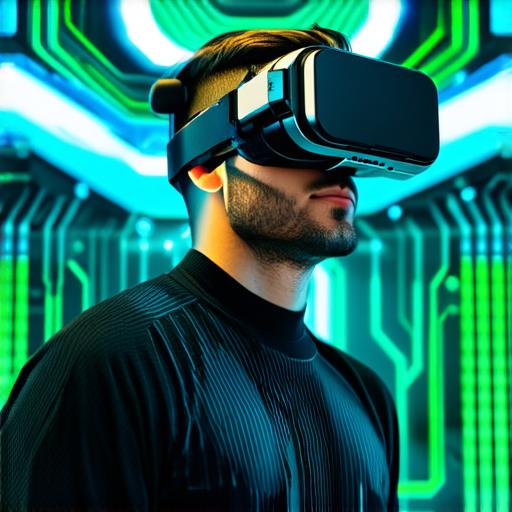
A: Immersive VR is typically the best choice for gaming, as it offers a fully immersive experience that can transport the user into the game world.
Q: What are the limitations of mobile VR?
A: Mobile VR may not offer the same level of realism as immersive VR, and may face challenges in terms of content creation and distribution due to the limitations of the hardware.
Q: How is social VR being used in the workplace?
A: Social VR has the potential to revolutionize the way we work and collaborate, as it enables users to interact with colleagues and clients from anywhere in the world.
Conclusion
Virtual reality technology continues to evolve, and as it does, so do the different types of VR that exist. Immersive VR, mobile VR, and social VR each offer unique benefits and limitations, and are being used in a variety of industries to enhance user engagement, training simulations, and collaboration. As VR technology continues to advance, we can expect to see even more innovative applications and use cases emerge.

